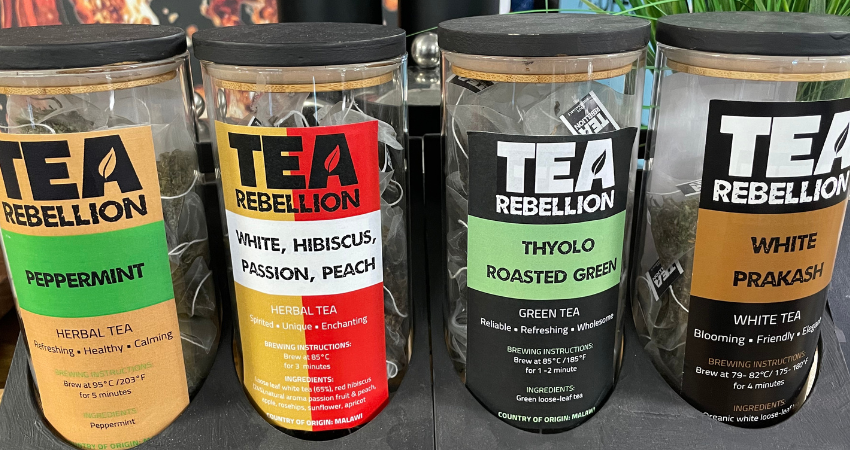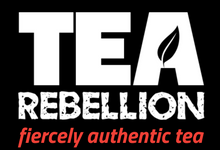
The Shelf Life of Loose Leaf Tea: How Long Does It Last and How to Store It
Imagine the proposect of looking forward to savoring the perfect cup of tea, only to find out that its delightful aroma and flavor have faded with time. The shelf life and proper storage of loose-leaf tea play crucial roles in preserving its freshness and quality. In this blog post, we will delve into how long loose-leaf tea lasts, the factors affecting its longevity, and the best ways to store it. Get ready to embark on a journey of tea discovery and to ensure you get the maximum flavour of your tea.
How Long Does Loose Leaf Tea Last?
When it comes to the shelf life of loose-leaf tea, the duration varies depending on factors such as tea type, storage conditions, and packaging. Generally, most loose-leaf teas are at their most flavourful anywhere from 12 months to 24 months, retaining their aroma and flavor. It is essential to consider factors such as moisture, air, temperature, and light, which can significantly impact the tea's freshness and taste.
Moisture and air can cause tea leaves to oxidize, leading to a change in flavour profile or "stale flavor". Temperature fluctuations can also affect tea quality, while exposure to light can degrade the tea's delicate compounds. As a tea lover, it is important to understand the distinction between "Best Before" and "Expiry" dates. The "Best Before" date signifies the time frame within which the tea maintains its optimal flavor and aroma. On the other hand, the "Expiry" date indicates when the tea may no longer be safe to consume.
While loose-leaf tea may still be safe to consume after its "Best Before" date, its flavor and aroma are not at their best once that timeframe is passed. To ensure that you enjoy the most exquisite tea experience, we recommend purchasing fresh, high-quality tea and consuming it within a few month of purchasing. This will help guarantee a superior cup of tea that is worth every sip.
Types of Loose-Leaf Tea and Their Shelf Life
Loose-leaf tea comes in a diverse range of flavors and varieties, including green, black, white, oolong, and puerh, among others. Each type has its unique shelf life, influenced by factors like processing methods and oxidation levels.
Green and white teas, for example, have shorter best before dates due to their minimal oxidation and delicate flavors.Black and oolong teas, on the other hand, undergo more extensive oxidation and can retain their quality for 24 months and beyond. Puerh tea is unique in that it can improve with age, much like fine wine, and may be stored for years or even decades.
At Tea Rebellion, we understand the significance of sourcing fresh, authentic, and transparent loose-leaf tea. Our commitment to direct trade and supporting smallholders and cooperatives ensures that you receive tea that is not only fresh and full of flavor but also ethically sourced.
Proper Storage Techniques for Loose-Leaf Tea
Storing loose-leaf tea correctly is essential to maintain its quality, flavor, and aroma. As mentioned earlier, factors like light, air, moisture, and temperature can have detrimental effects on your tea, causing it to lose its freshness and unique characteristics. To prevent this, it is crucial to choose the appropriate storage containers and environment.
Ideal storage containers for loose-leaf tea are airtight, opaque, and non-porous. These types of containers, such as tins or ceramic jars with tight seals, can keep light, air, and moisture at bay. Where glass jars are used this (such as those shown as for Tea Rebellion at the London Coffee Festival) they should be for short term consumption not for long term storage of tea. Plastic containers may also be unsuitable, as they can absorb and transfer odours to the tea leaves.
When it comes to storing your tea at home, consider the following practical tips: Keep your tea away from heat sources, such as stoves or sunny windows, as high temperatures can impact the tea's flavor and quality. Also, store your tea away from strong-smelling foods or substances, as tea leaves can easily absorb odours. Yes, your tea storage should NOT be close to your spice storage if you can help it. By taking these measures, you can ensure that your loose-leaf tea remains fresh and delicious for as long as possible.
How to Tell if Your Tea Has Gone BadHow to Tell if Your Tea Has Gone Bad
Identifying expired or stale tea is essential to ensure you enjoy your tea at its best. Signs of tea past its prime include a loss of aroma, faded color, and off flavors. When tea loses its freshness, it may also lose some of its health benefits, as the beneficial compounds may degrade over time.
It is essential to trust your senses when evaluating the quality of your tea. If the aroma is weak or absent, the color has faded, or the flavor seems off, it might be time to replace your tea. Remember that a fresh, high-quality cup of tea is not only a sensory delight but also a source of nourishment and relaxation. By following proper storage techniques and being vigilant about your tea's freshness, you can continue to enjoy the unique qualities and flavors that each type of loose-leaf tea has to offer.
Conclusion
In summary, understanding the shelf life of loose-leaf tea and proper storage techniques are crucial for enjoying a perfect cup of tea. By considering factors like moisture, air, temperature, and light, and using appropriate storage containers, you can preserve the freshness and quality of your tea.
As you embark on your tea adventure, we invite you to discover the bold, authentic flavors of Tea Rebellion's loose-leaf tea offerings. Experience tea that not only tastes incredible but also represents our commitment to transparency, provenance, and ethical sourcing. Join us in our mission to revolutionize the tea industry and indulge in a cup that truly reflects the passion and dedication of the farmers who bring it to life.
